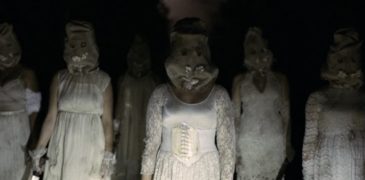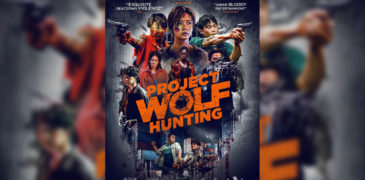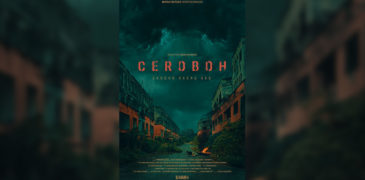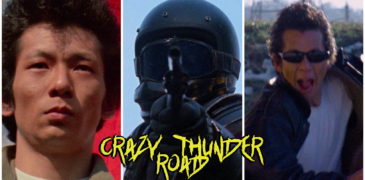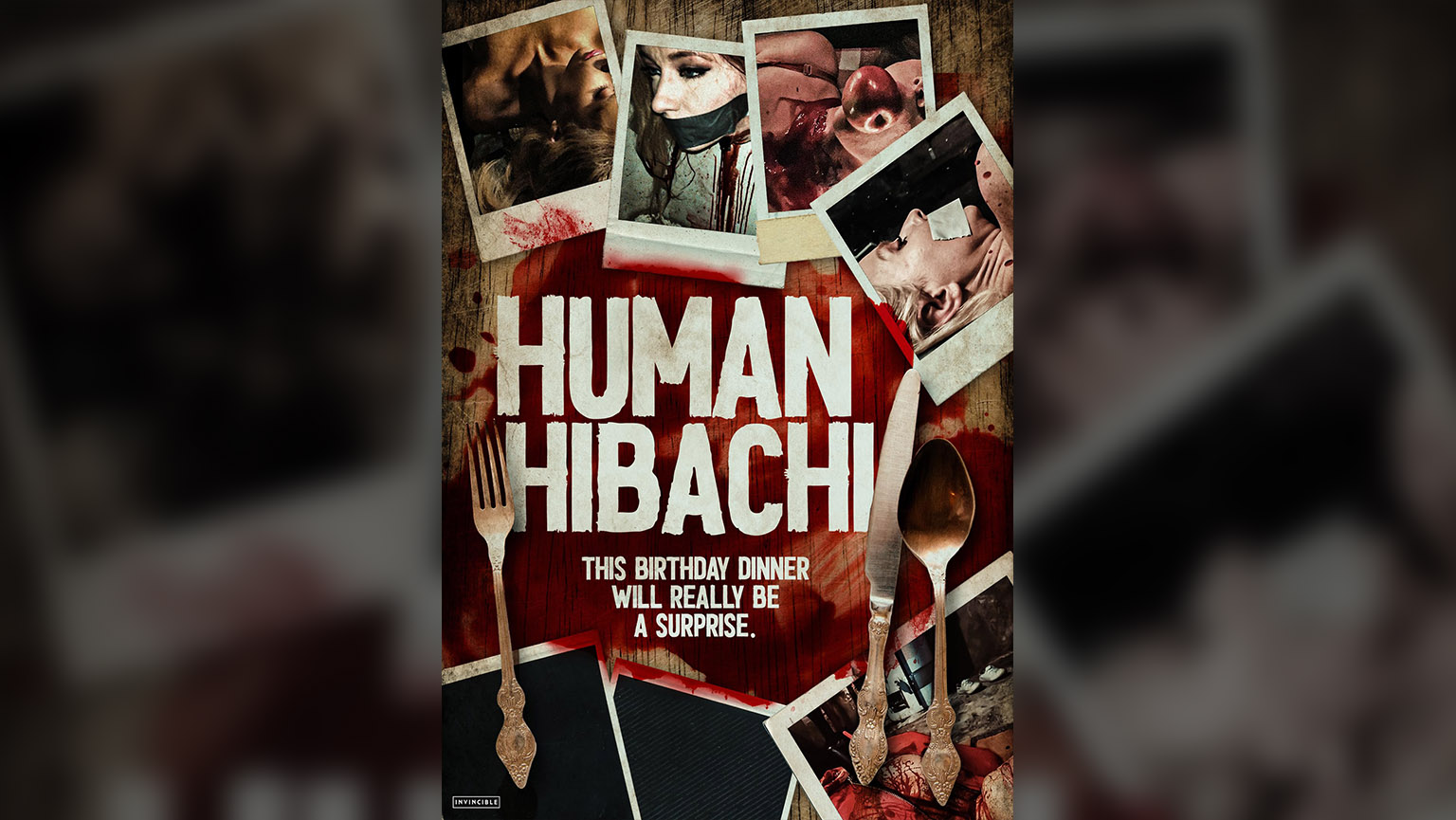
Human Hibachi is a 2020 American found-footage horror film written and directed by Mario Cerrito. Beginning his directorial career with the feature horror thriller Deadly Gamble (2015), Mario is known for writing/directing the horror thriller The Listing (2017), Human Hibachi 2: Feast in the Forest (2022), and the upcoming final entry to the series, Human Hibachi 3: The Last Supper, currently in pre-production as of writing.
It’s Kate’s 35th birthday, and her boyfriend Reo decides to mark the occasion by recording the day’s festivities on his phone for prosperity. However, as the night progresses to dinner and drinks at the newly-opened hibachi restaurant where he works, the camera captures the eatery’s side business of catering to the wealthy elite with an insatiable hunger for the finest cuisine.

Using a mostly unutilised locale in cannibal films, Human Hibachi’s use of an actual restaurant certainly aids in the validity of its anthropophagic narrative. While not unseen in cinema, being featured in such films as The Untold Story (1993), its sequel, The Untold Story 2 (1998), as well as Blood Diner (1987) to name a few–the setting is criminally underappreciated in the horror sub-genre and is in dire need of more exploration. Additionally, implementing the concept of snuff films certainly adds to the found footage elements of the narrative. The notion of selling the video on the black market for a high price certainly substantiates the reasoning behind the continued filming of the gratuitous smorgasbord of guts and gore.
However, a noticeable issue with the film is its pacing. As is prevalent with many films in the found footage genre, Human Hibachi’s momentum is somewhat uneven at times. Beginning with a rather sluggish introduction to our main protagonists, the first act of Human Hibachi, while doing a competent job of introducing the characters and initial plot, feels slightly meandering at points. Certain scenes, such as the hair salon or pre-drinks, feel slightly overextended–with a slight trimming of these scenes undoubtedly helping the film’s flow.

Imparting some top-notch effects, Human Hibachi’s grisly display of human consumption is unquestionably where the film shines brightest. Being actualised through practical means, for the most part, the incredibly visceral display of prosthetic body parts, copious amounts of blood, and real meat used for the cooking scenes provide an efficiently grisly display of mutilation and cannibalism. While there is a slight implementation of CGI effects, their application is only minimal–displaying blood splatter in an (I’m guessing rented) office space where covering the walls with blood was not an option. While noticeable compared to the amazing practical effects, their use in a single scene is hardly a dealbreaker.
Featuring a rather large cast for a low-budget film, the range of performances in Human Hibachi can be varied. Our main protagonists, Katie, Reo, Brian, and Megan, give slightly stilted performances at times, feeling somewhat unnatural in their roles at points during the first act. On the contrary, the best performances are delivered by the affluent quartet of antagonistic cannibals. Their animated performances provide an over-the-top representation of those who consider themselves elite, offering a caricatured depiction of evil.
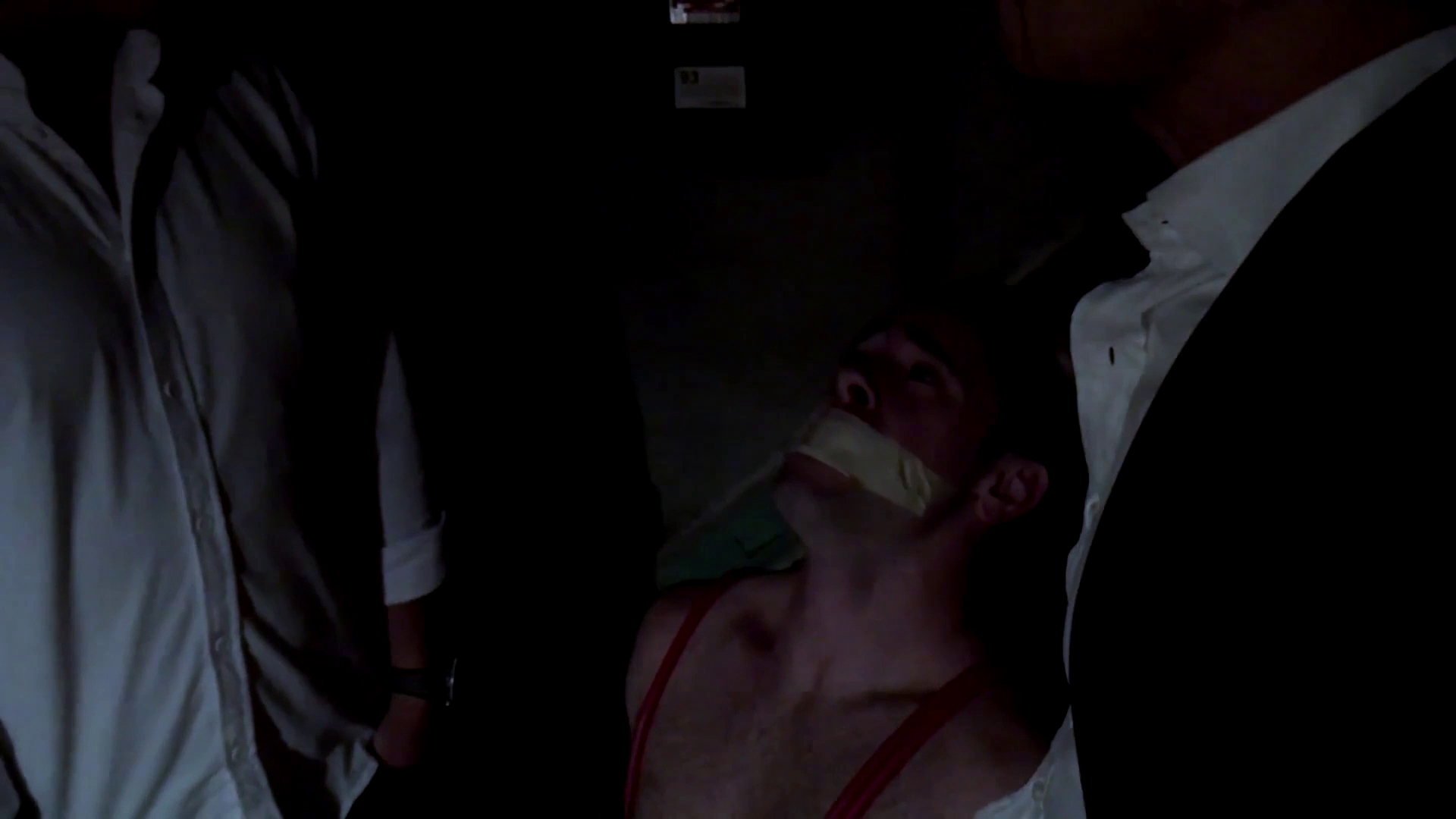
An enjoyable, low-budget exploration of cannibalism, Human Hibachi is a dynamic entry into the subgenre. With a captivating premise, gratuitous levels of gore, and competent realism, the film is sure to satiate the appetite of fans of cannibal films and found footage alike. While it has its limitations, it’s clear why the feature has gained a cult following and is a fantastic first entry in the trilogy.

More Film Reviews
When Cami orders a taxi service to take her to her father’s country home, she’s hoping for a quiet and uneventful ride. But a wrong turn by Spencer, her chatty… Combine the carnage of slasher films and socially relevant commentary, and you’ve got the recipe for a horror film that cuts deep, literally and figuratively. For this writer, Initiation does… There are a few sins of horror movies making worse than the lack of originality. Every year theaters and streaming services are flooded with tepid horror movies churned out for… Korean genre cinema has never shied away from violence; from the unrelenting stream of beatings in I Saw The Devil to the eye-wateringly graphic tooth extraction in Oldboy, blood and… Ceroboh (aka The Screaming Sky) is a 2022 Malaysian sci-fi thriller, directed by Feisal Azizuddin. Mostly known for directing shorts, Feisal made his move into feature-length directing the drama thriller… Jishu eiga, abbreviated from jishu seisaku eiga and translating roughly to “autonomously produced”, is an elusive, self-sufficient form of filmmaking popularised during the decline of mainstream Japanese cinema around the…The Toll (2020) Team Review – Whispers of Violence and Despair
Initiation (2021) Film Review – Pledges to Challenge Slasher Expectations
Bad Bones (2022) Review – Low-Budget Horror with Major Creep Factor
Project Wolf Hunting (2022) Film Review: Cargo Ship Carnage For Gorehounds And Gamers
Ceroboh (2022) Film Review – The Real Sky Beast is Man
Crazy Thunder Road (1980) Film Review – Cyberpunk Biker Action

Hey there, I’m Jim and I’m located in London, UK. I am a Writer and Managing Director here at Grimoire of Horror. A lifelong love of horror and writing has led me down this rabbit hole, allowing me to meet many amazing people and experience some truly original artwork. I specialise in world cinema, manga/graphic novels, and video games but will sometime traverse into the unknown in search of adventure.

